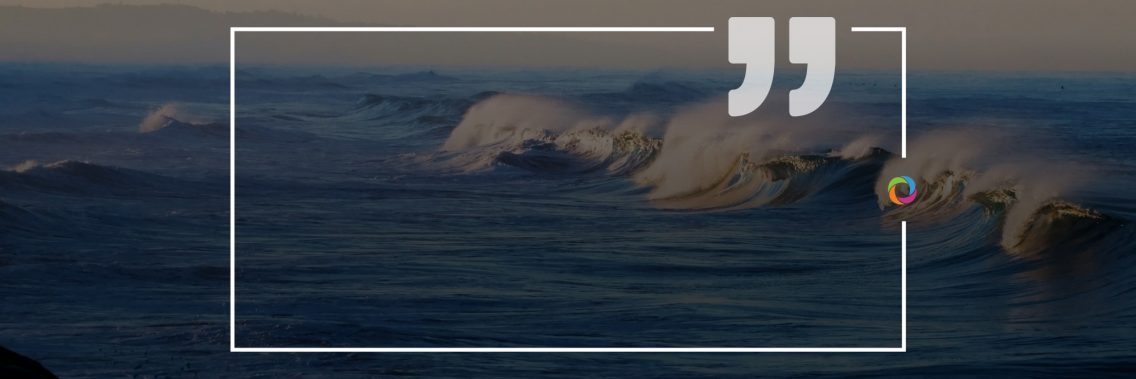According to the Global Historical Tsunami Database website which contains information on tsunamis from 2000 B.C. to the present day in the Atlantic, Indian, and Pacific Oceans, on average, two tsunamis occur every year inflicting damage near the source. For the last six years, on November 5th, the international community has celebrated World Tsunami Awareness Day to share innovative approaches to risk reduction. On this day, we present some stories shared by experts who have worked on the rehabilitation of areas affected by tsunamis. Check out their experiences and recommendations below.
In which countries have you undertaken work for the rehabilitation of tsunami-affected areas and can you describe some of the most memorable cases?

“I have undertaken reconstruction work, specially housing, and associated infrastructure reconstruction work for the Aceh province of Indonesia which was supported by Canadian Red Cross. The identification of the real beneficiaries of the program was one of the big challenges. Some of the beneficiaries obtained more than one house constructed by different projects. Each was supposed to get only one. Some of them had approached various local political levels and thus managed to get more than one house from different donors. Isolated individual land and the houses built on it were found to be more vulnerable. It would be much better if new safe land was developed, and safe houses built-in groups/clusters and distributed to the beneficiaries.”
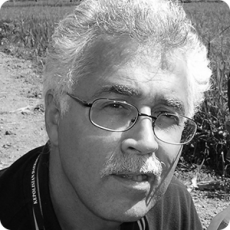
“I worked for some years (2005 to 2009) in Aceh, mainly the whole west coast, Nias and the surrounding islands of Indonesia. I held various expert positions as a land use planning/natural resources manager (including finance) and was contracted for several months by various international consulting firms. I travelled a lot and visited almost all the islands, including the small ones. Although the main cause was very sad, I enjoyed my work. It was not always easy, but in general, we made progress although unfortunately bureaucracy had got worse by the end (2010). Two things I found remarkable: the funding of the projects for the northern and western coast of Aceh should be different one would expect, because the west coast suffered the most damage, the northern coast almost none. Still, they both got a lot of budgets…. something went wrong there. Apart from this, there was tremendous financial help from all over the world. Everybody wanted to give and to help. Young children all over the world collected money and donations poured in. But did it all arrive at the right place? Hard to find out.”
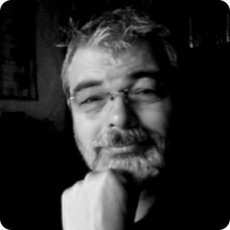
“My involvement in the Indian Ocean Tsunami 2004 was twofold: firstly, I was the coordinator of the entire international relief response of the German Red Cross during the first three months post-tsunami, and secondly I was the Global Coordinator for Tsunami Rehabilitation for the “International Federation of Red Cross and Red Crescent Movement”. In terms of rehabilitation work for tsunami-affected communities, I have worked in Indonesia, Malaysia, the Myanmar coastal regions, the Bangladesh coastal regions, Ost India, Sri Lanka East, West Coast and Highlands, the Maldives, and the Kenya coastal regions with a total project budget of over 3 billion Swiss francs. Among the many memorable successful and sustained rehabilitation projects of safer, better, and improved reconstruction (“Build Back Better”) some come to mind: (a) “Someone’s loss is another one’s gain” – due to the Indian Ocean drift/currents many, if not most, of the tens of thousands of uprooted hardwood trees from Indonesia and Malaysia eventually landed on the shores of Maldivian islands. (b) While most rehabilitation work in Sri Lanka was being undertaken in the relatively limited coastal belt of about 5 km width along the East, Southern, and lower Western coastline, available funding was meaningfully utilized to improve the health service in Sri Lanka by supporting, equipping, expanding and otherwise improving health facilities in the highland that had taken on the many injured and affected patients from the tsunami-affected areas; (c) much of the funding was invested in lasting, sustainable and cost-effective community training in the areas of disaster mitigation, early warning, and disaster preparedness.”
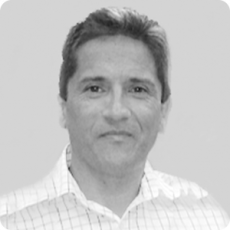
“I was engaged in post-reconstruction programs in Chile in the aftermath of the tsunami of 2010. The program lasted throughout 2010-2015. I witnessed for myself the destruction caused by the tsunami as I was living in Concepción city at the time. Working onsite and engaging with the people affected was a unique opportunity to develop a “community-centered design” approach. I am aware of the need to deploy not only technical assistance, the so-called acknowledged “science-based” decision-making process, but also to provide emotional support beyond just the technical side of assistance. We should remember that implementing solutions for a crisis scenario demands cultural sensitivity especially if gender-based issues or any other kind of vulnerability have been potentially exacerbated.”
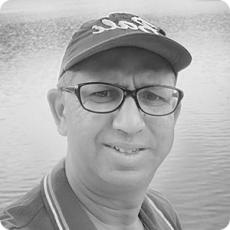
“Initially, I worked in a Project Manager position for the recovery and reconstruction of a housing development program after the 2004 Asian tsunami in various Islands in the Republic of Maldives in 2006. Secondly, I worked as a Program Manager for the UNICEF WASH program through International Development and Relief (an American NGO) in the West Coast, Aceh Province of Indonesia (the epicenter of the 2004 Asian tsunami). Some memories during my assignment at Maldives: the difficulty of bringing construction materials from third countries; working as a PM for the Government of Maldives as their local language and local staff; high pressure from clients and donors to complete the projects on time; internal travel to various islands by motorboat only; managing international contractors to complete construction projects on time. Memories in Indonesia: fully responsible for handing the program in West Coast as an in-charge; quite a few challenges working within a religious sensitive zone and culture; bureaucratic hassle from the Government and donors.”

“I worked in Kerala (South-Western India) in a rural area severely hit by the tsunami of 2004. This area comprises several villages, located on sandy lagunas between the sea and the “backwaters”. One of the most important measures of the project was the introduction of programs to promote income-generating activities: the cleaning of canals to regenerate the biodiversity of the aquatic environment and feed fish ponds and some wells used for domestic purposes; fish farming introduced in saltwater springs, abandoned lakes and lagoons; the rehabilitation of the coir industry by women to make mats, jewelry and geotextiles from coir fiber to consolidate the banks of the rehabilitated canals; the installation of biodigesters to make biogas for school cooking. An ecological lodge was also built, creating jobs for guides, cooks, car and boat drivers. The local authorities have also entrusted the teams with the implementation of a wastewater and houseboat waste treatment system on the Allepey tourist site.”
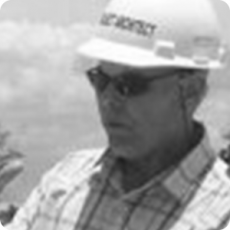
“The earthquake and tsunami that struck Banda Aceh, Indonesia, in late December 2004 was extremely violent. The city was decimated with thousands dead or missing and its main health provider, the Zainoel Abidin Provincial Hospital, left disabled. Assistance came from many organisations. The German military set up a field hospital at the front of the complex while the Australian military set up a field hospital at the rear of the complex. There was a myriad of other support groups. My role, in a team of specialists from the German Development Bank (KfW), was to assess the hospital infrastructure and to support the resumption of normal hospital activities thus allowing the military to pull out. From the outset, I worked closely with the hospital maintenance engineer, assembled a library of information on the hospital infrastructure, and established an on-site office. We prepared a site plan, plans of each building, and line diagrams of technical services such as electricity supply, water supply, wastewater, drainage, and medical gases. In parallel to the daily clinical meeting, an infrastructure meeting was established. Any organization that had resources and was eager to help was encouraged to participate. As more funding became available, we were engaged to prepare a master plan for the redevelopment of the hospital which then led to the construction of the new Zainoel Abidin Regional General Hospital (RSUDZA) which was opened in early 2010. In response to the possible future tsunami, the new hospital we designed and built is two-storey with three generous ramps and wide circulation spaces. We did this to ensure that one level of the hospital was above tsunami flooding level, to facilitate evacuation and so that the spaces could double up as temporary accommodation in an emergency. To enhance the success of any immediate works post-tsunami it must be done in partnership with the hospital. If there are many different organisations offering assistance it is essential to establish an open forum with clear communication and a sharing of any technical information on the infrastructure itself. This also facilitates a degree of coordination between what may be very diverse participants.”

“The tsunami emergency recovery program in Sri Lanka followed a major catastrophe resulting in large devastation of human and material, damaging about 87,000 houses and affecting over 1 million people. “The World Bank provided disaster financing of 250 million dollars for recovery efforts for the affected Indian Ocean region”. My responsibility as the World Bank’s MIS Consultant included the definition, design, and supervision of the implementation of an IT system for victim identification, fund distribution, and housing reconstruction. As the IT Specialist, I worked with the Office of the President, who established a special Tsunami Department to coordinate the national IT effort. My role included assisting the Government in designing and building the IT organization, system facilities, infrastructure, applications systems, and project management. The IT system provided functions to help with fund distribution for livelihood and housing reconstruction. Data analysis of the project helped to classify victims’ data which presented up to nine distinct cases of legitimate to fraudulent types due to inappropriate reporting by local sources.”
What would your advice be for tsunami mitigation and prevention?

“Early warning systems to be established and appropriate large shelters to be constructed in the coastal area for emergency purposes during the tsunami. Housing construction to be done on a cluster basis such that necessary basic facility and securities could be provided along with accessibility.”

“What can one do, when the best advice is to warn local people to stay away from certain flood plains (marine coastal flood plains like in Vietnam, Bangladesh, India, etc.) and yet after every disaster these people come back and start all over again. Until the next event. In Padang, it was advised to demarcate a broad coastal no-go zone for settlement of some two kilometers along the coast. But people do not listen. So far, when fatal events do take place people are in most cases too late. Early warning systems with more and better equipment could help, yes! But only if operated by professionals! Every event is unique and differs from previous ones elsewhere. Maybe some sort of universal standard operations for all countries could be established. Big rescue organizations like the Red Cross and Medicines sans Frontiers should get all the help they need all over the world, anytime, anywhere, immediately.”

“Tsunami-proof housing is based on lifting houses up by building them on pilings and this is a solution specially tailored to the line of buildings that is closer to the sea. However, nature-based solutions, for instance, mangrove and coastal vegetation, have proved to have an energy dissipation effect by means of a trapping, escaping, and soft-landing sequence, so we should also include these as part of a long-lasting and low-cost solution. Regarding prevention, the tripod scheme is a useful way of raising awareness and requires not only training but furthermore to be embedded as a cultural principle.”

There should be enough awareness about tsunami disaster on the public level, the establishment of tsunami warning systems, frequent weather forecasts at the community level, tsunami resilient infrastructure development and education from school level to higher up.”

“One of the most important and urgent measures in this type of environment is the rehabilitation and protection of mangroves. It is also essential to limit construction on the beaches, whether for industrial or tourist purposes.”
Check out more than 60 job opportunities in the Disaster Reduction sector here.
